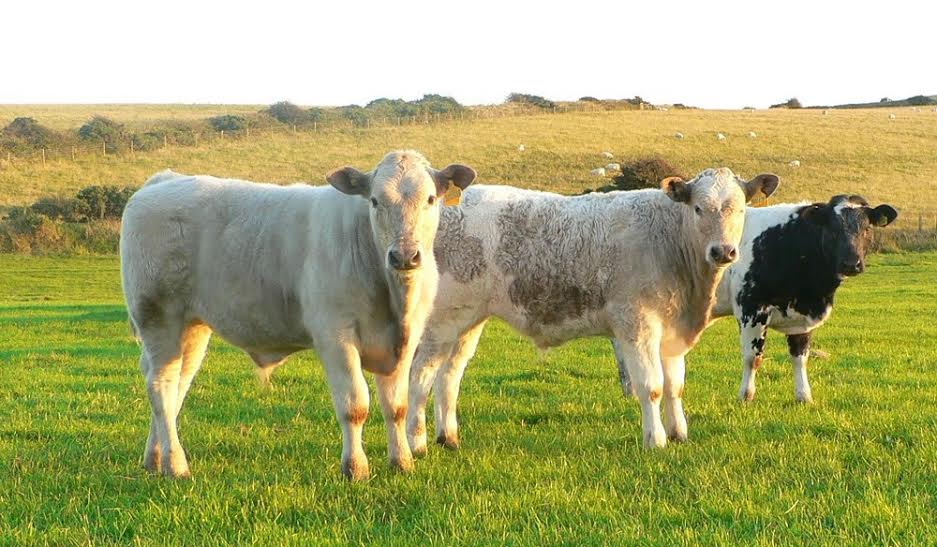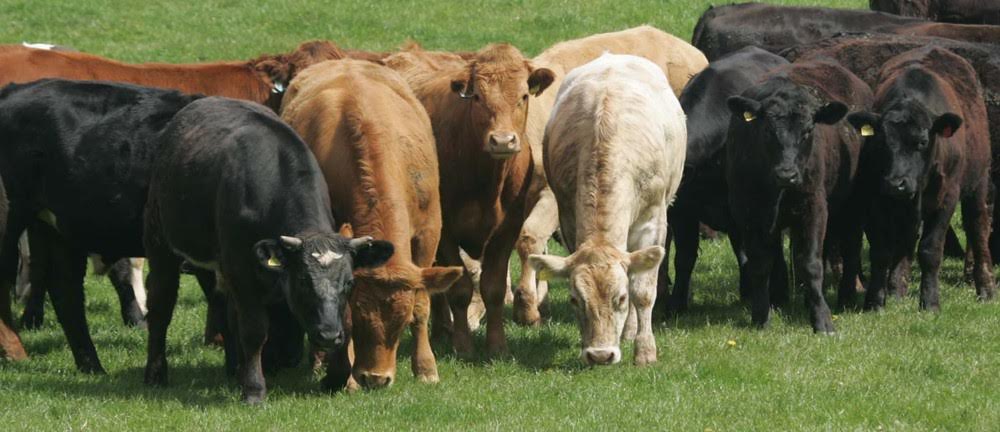
The summer grazing season provides a real challenge for weaned calves and growing cattle in terms of worm burdens. Implementing a parasite management plan that includes monitoring cattle growth rates, is the advice from the COWS industry steering group (Control of Worms Sustainably).
Dr Andy Forbes, COWS technical representative, and Honorary Professor at the University of Glasgow’s School of Veterinary Medicine, explains the risks to the beef herd.
“Weaned calves and cattle under two years of age are at the greatest risk of succumbing to worm challenges. This is due to younger cattle having less immunity compared to adult cattle and, the potential of being exposed to high risk pastures at turnout.
“Daily live weight gain (DLWG) for growing cattle should average at least 0.8kg/day over the grazing season. When DLWG falls below the target, or a loss of body condition and ill thrift is seen, this may indicate that worm control measures are needed to reduce the risk of the disease taking hold and growth rates being affected.

“So, regular monitoring, and where possible, weighing cattle during the grazing season is one option that will help identify when animals may be challenged by worms and in need of worming.”
Dr Forbes adds that ensuring cattle receive an accurate dose of anthelmintic is crucial. “Inaccurately dosing cattle with wormer can have negative impacts on the beef herd, both financially and in terms of welfare and performance.
“Under-dosing leads to poor efficacy when treating cattle for clinical cases, and has also been shown to be a risk factor for the selection of anthelmintic resistance. This is a major concern for the cattle industry and one of the main reasons why COWS was formed.
“On the other hand, over-dosing can lead to issues with meat withdrawal periods being lengthened, and in some cases toxicity.”
To reduce the risk of over-, or under-dosing, Dr Forbes advises that producers must measure cattle live weight, and ensure dosing equipment is calibrated regularly.
“Weighing each animal with a weigh crate or using a weigh band will allow cattle live weights to be recorded accurately. I’d also advise calibrating dosing equipment to ensure animals receive the right dose.
“Following the COWS best practice guidelines and ensuring cattle receive an exact dose of anthelmintic, that corresponds with the recommendations on the product label, will help ensure on-farm worm burdens can be effectively controlled,” he says.
